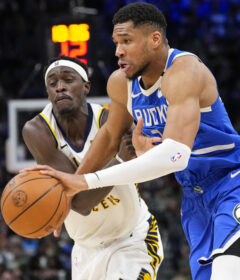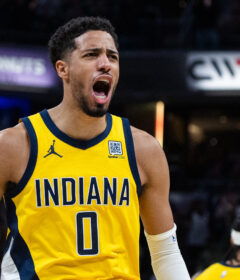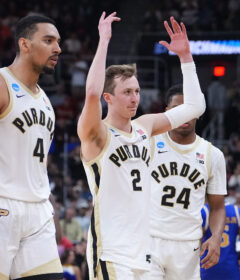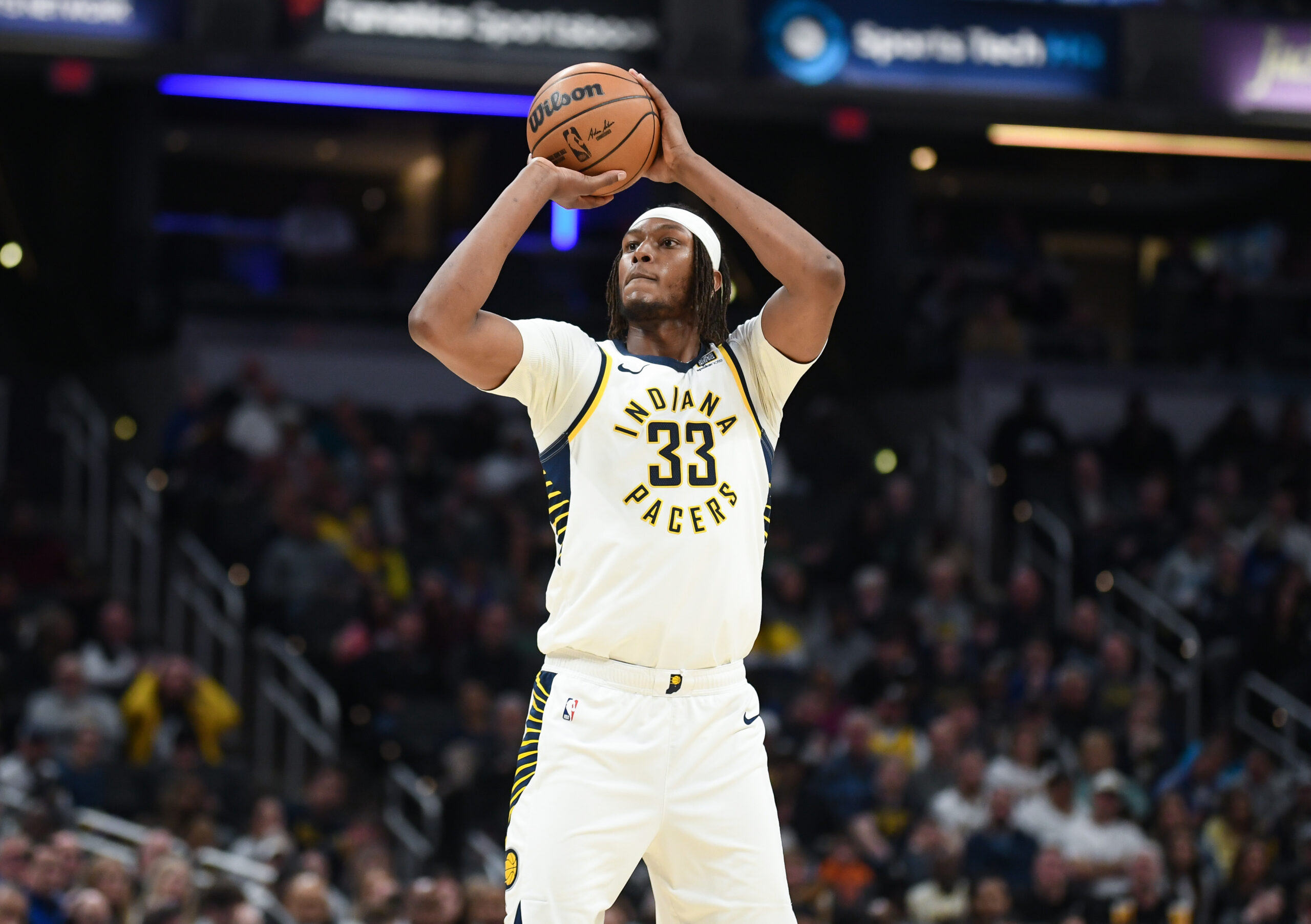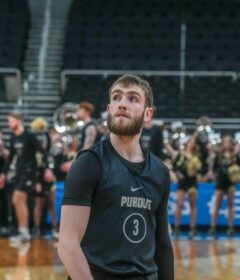2013 Playoffs: Answering five key questions on the Pacers
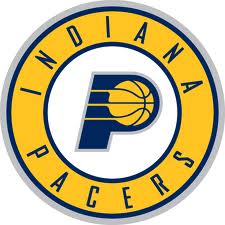
By CHRIS GOFF
ISL Correspondent
Entering Game 3 of the second round, let’s take a step back and reassess the state of the Pacers by addressing five of the top questions surrounding the team as it faces the New York Knicks.
Q: What’s the deal with the Pacers’ bench?
The Pacers are essentially down to a seven-man rotation with coach Frank Vogel drawing straws to fill out two more slots with as few minutes as possible. Ian Mahinmi (in Game 1) and Jeff Pendergraph (in Game 2) both got shots in the middle against New York but flopped miserably. Vogel keeps reshuffling the deck in other areas, too. Poor Sam Young played six minutes as the backup wing in the opener before being yanked at halftime, then returned to the rotation in Game 2, played seven minutes and made a basket. Rookie Orlando Johnson, who was more or less a regular backup from early January until the final game, has yet to play an important minute in the playoffs. Gerald Green already earned a vote of no-confidence in the previous round. Right now, on that bench, D.J. Augustin and Tyler Hansbrough are Plan A, and Plan B is to consult the tarot cards.
Q: Eight games into the postseason, what should worry Indiana fans the most?
You have to be concerned with the Pacers’ up-and-down play. At 2-0, they came out flat in Game 3 against Atlanta. After rampaging in Game 5 of that series, they nearly blew a 19-point lead in the clincher. In the current series, the Pacers went from 102 points in Game 1 to just 79 on Tuesday. Their defense hasn’t always been great. The Pacers have mostly played with composure, but they could use a bit more fire at times. And too often, when they’re in sync on one end, they aren’t on the other. Indiana needs to develop more consistency in order to make a deep run.
Q: Eight games into the postseason, what should encourage Indiana fans the most?
The Pacers are controlling the defensive boards and Paul George has proven he won’t shrink from the moment. There aren’t any questions about health. Four of the five wins thus far came pretty easily. Indiana has been able to play games at the pace it prefers, averaging 92.9 trips to nearly match the 92.8 possessions averaged in its slow-tempo regular season. And, in the current series, the Pacers face an opponent in New York who they’ve sent home three of the last four times they’ve met in the postseason.
Q: How can the Pacers reduce the number of turnovers?
Obviously, the Pacers have to make better entry passes to Roy Hibbert and David West in the post. But half the problem is systemic in that Indiana simply does not move the ball well. That’s not been a characteristic of their offense, this season or last. When a team forces them to pass more times on a possession than they’d like, as the Knicks did particularly in Game 2, then the odds of a miscue become that much greater. What would most assuage Indy’s recent turnover problem are some slashes to the hoop, both off the dribble and by cutting without the basketball. New York is going to get deflections and disrupt the offense if all they have to do is follow the ball. The Pacers need to have people moving at the same time to give defenders more tasks to execute and to create outlets from traps.
Q: Who most needs to step up their game for the Pacers to advance past the Knicks?
As much as George is capable of some sick stat lines, George Hill should be the critical piece in helping the Pacers space the floor better. Despite taking a lot of 3s, many of them open looks, Hill is only shooting 31.8 percent from behind the arc in the playoffs and is 4-of-14 in this series. During the regular season, Hill was a 37 percent marksman from 3, best on the team. While his shot isn’t in the best shape right now, Hill has nonetheless given Indiana solid play. If he can add a little more zip – say, a couple 25-point games – then the Pacers would have a needed third scorer to go along with the presumed production of George and West.

